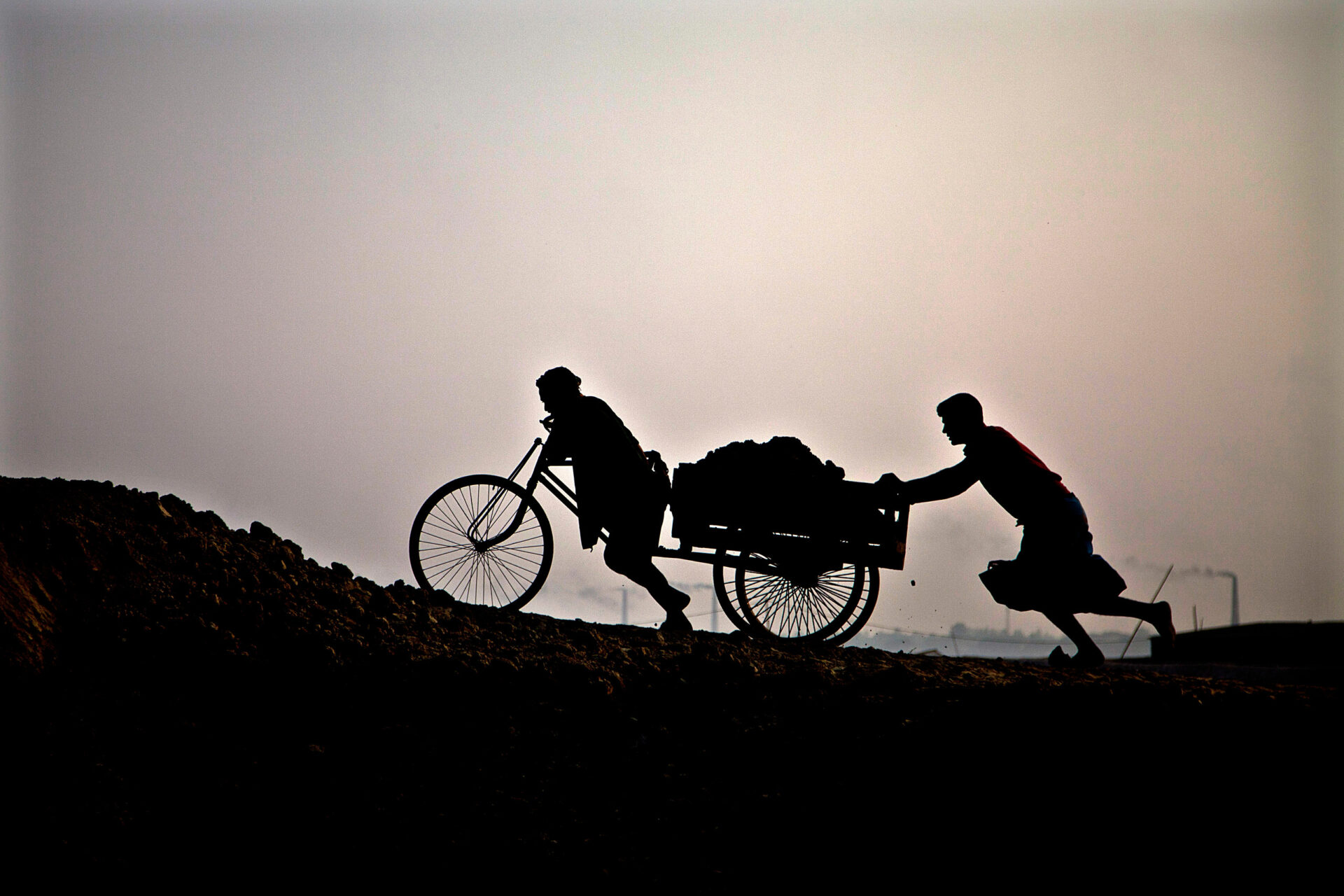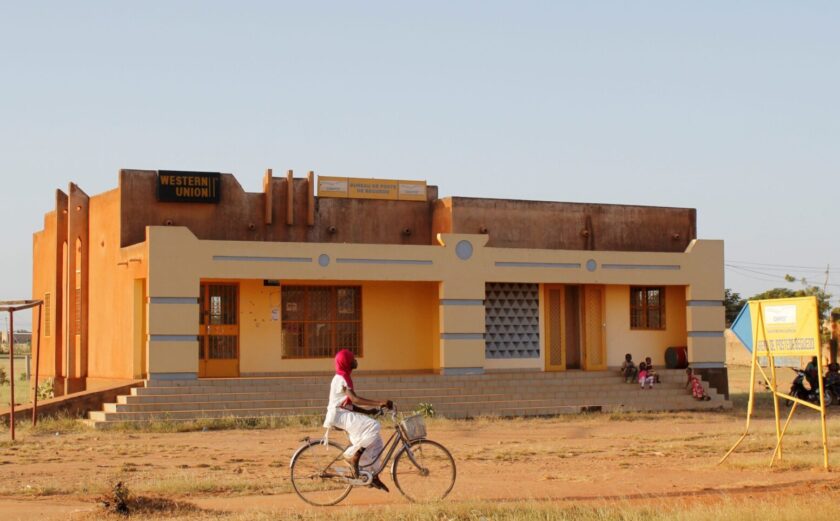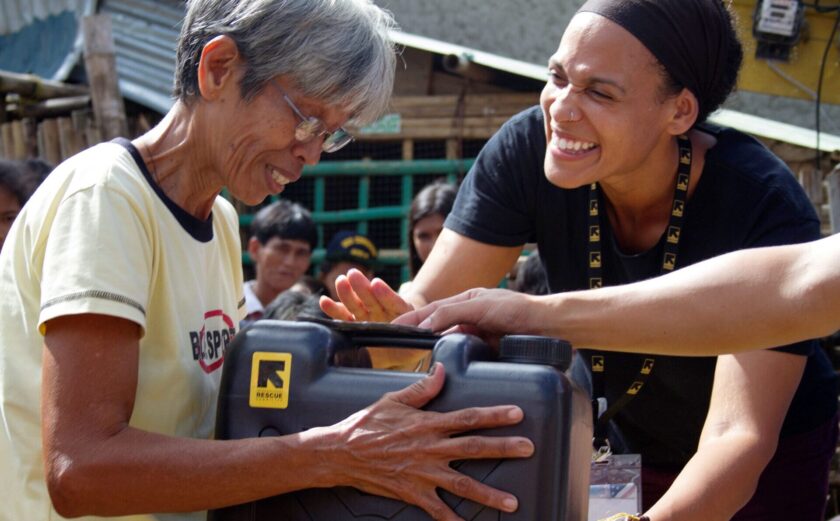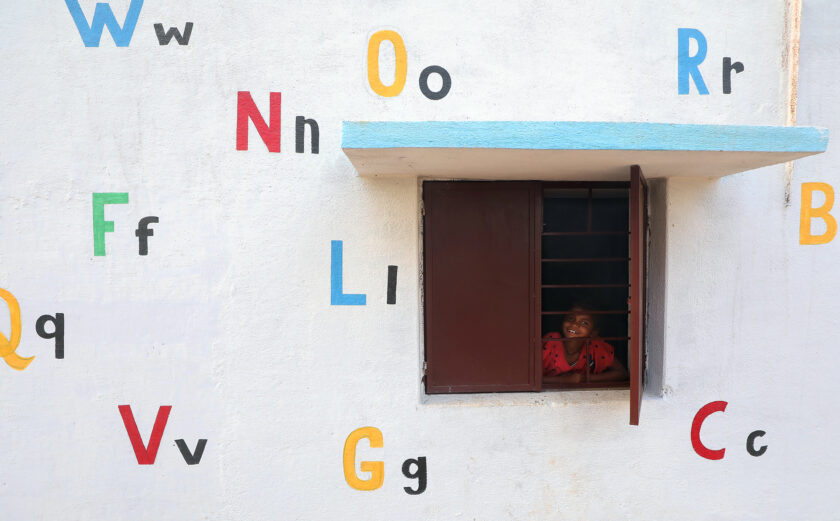
Centering LGBTQIA+ Voices in the NGO Sector
LGBTQIA+ organizations have often served civil society—and are often met with public silence and systemic discrimination rather than celebration.
In our mission to protect the world’s most vulnerable—and since certain things can only be understood through lived experiences—the voices of people within LGBTQIA+ communities must be essentialized in the NGO sector. When developing Diversity, Equity, and Inclusion (DEI) initiatives, we can look to the work of various organizations that properly represent these communities.
The Workplace
Workplace discrimination and underrepresentation prevent LGBTQIA+ people from contributing to advocacy and public policy work. The evolution of the NGO sector into a safe, inclusive, and diversified network starts in the office. While strides have been made in the form of corporate DEI strategies, it was only a year ago that the U.S. Supreme Court made discrimination against workers based on their gender identity or sexual orientation illegal. While delegalizing this type of discrimination is important, everyday interactions in the workplace can cause just as much damage and discomfort.
The quickest way to mitigate these effects is to listen to the experiences of employees and leaders who have firsthand experience with these issues. A prominent management consulting firm, Mckinsey & Company, drew on the lived experiences of LGBTQIA+ leaders and members of Women in the Workplace and The Alliance.
These testimonies informed their recommendation of six key changes to improve workplace environments for LGBTQIA+ employees, including honoring unique challenges faced by LGBTQIA+ staff, making meaningful public examples, educating your team, and sustaining support networks.
The IBM Institute for Business Value (IBV) published a report in collaboration with Workplace Pride and Out & Equal Workplace Advocates that echoed these recommendations. The report highlighted how diverse the LGBTQIA+ population is, with several intricate subcultures and micro-communities. The experiences of LGBTQIA+ individuals are not generalizable, but there is a shared struggle for acceptance and equity among them. To capture individualized perspectives, the IBV hosted more than 2,000 business leaders and experts at the Global LGBT Innovation Jam to identify actions that foster inclusion and belonging.
As stated in the report, many participants felt that it was up to their leaders to enforce inclusive policies by diversifying leadership teams. This especially includes LGBTQIA+ women and people of color, who face multiple forms of prejudice and inequity. Rather than shying away from intersectionality, companies should strive to embrace the multi-faceted identities of everyone in the workplace. Unique perspectives allow us to bring innovative ideas to the table and improve existing projects or systems. The report included several other insightful actions, such as using brand eminence as a tool for positive change, setting clear expectations for employees through company values, and enforcing non-discrimination policies.
Advocacy
While addressing workplace concerns, the NGO sector must also consider LGBTQIA+ perspectives in their advocacy work. In 2010, The European Region of the International Lesbian, Gay, Bisexual, Trans & Intersex Association (ILGA) published six steps to Effective LGBT Advocacy. Although slightly dated, the publication challenges human rights advocates to be self-reflective and diligent. Addressing LGBTQIA+ issues internationally can be complicated by cultural norms or unforeseen social impacts. So while advocates may think they’re benefiting a community, they could actually be doing it a disservice. Here are a few common mistakes made in international advocacy work that are cited both in this report and by various LGBTQIA+ focused NGOs.
Asking the wrong (or not enough) questions
Anyone who works in the NGO sector knows that good humanitarian and development work involves strategic planning. One of the crucial elements of this strategy is identifying key issues and selecting those that are most emergent to address. In doing this, it is easy to let the vision of an organization guide this process and miss other important questions, such as:
- What are the social costs of the issue, and who bears these costs?
- What is the history of the issue in the community?
- Is it appropriate to use advocacy to solve this issue? Why?
- How does our own bias affect our approach to this issue?
- What are the social benefits of the issue, and who benefits?
Once again, every individual has a unique identity and set of experiences, which must be considered when approaching LGBTQIA+ advocacy work. Of course, this also includes the people doing the work since we all carry our experiences with us in our endeavors. Being highly reflexive about our own biases, limitations, and capabilities will keep us from oversimplifying these issues in the name of social progress, which can cause unforeseen complications and social consequences.
Neglecting LGBTQIA+ communities
On the other hand, in seemingly non-LGBTQIA+ related humanitarian work, the specific discrimination these groups face may be eclipsed entirely. For example, in 2018, Pride in the Humanitarian System (PitHS) brought together hundreds of LGBTIQIA+ activists and human rights defenders in Asia and the Pacific Region to address the inclusion gap in disaster relief efforts. They acknowledged that if the diverse range of sexual and gender identities aren’t recognized by healthcare workers or NGOs, LGBTQIA+ people are especially vulnerable in crisis situations. This issue has many variations, evidenced in the International Planned Parenthood Federation (IPPF) report detailing how crisis management can be redesigned to better serve LGBTQIA+ folks.
Underestimating Local Resources
For large groups of people to be ignored or underserved so often in relief work, marginalization must be prominent in the community. When an issue has existed for so long in one region, there are often local resources that acknowledge this marginalization. Larger organizations should make use of these local resources and collaborate with them, especially since they will remain there long after your work is done. Protecting these resources is essential since they are often put at risk for the nature of their work. For example, the Human Rights Campaign cites that the Tanzanian government has targeted HIV treatment programs and other clinics that care for LGBTQIA+ people. Those who oppose these actions face imprisonment, which is why international support is so crucial. The endangerment of these groups doesn’t start or end here, however. All over the world, these localized resources need larger organizations to support their work amid harrowing circumstances.
Whether we’re approaching inclusivity in our work abroad or in the office, it is important to remember that LGBTQIA+ issues are relevant in all forms of advocacy. We can honor the unique voices of our leaders and staff in the form of company values, leadership teams, and enforcing inclusive policies. And when expanding this initiative beyond ourselves into the NGO sector, we strive to be self-reflexive by asking diligent questions, considering LGBTQIA+ issues in the communities we work in, and supporting local resources within those communities.








